
Underwater photographer Tom St George heads off in search of the weird and wonderful marine life of Dumaguete and Puerto Galera in the Philippines for some macro photography magic
Words and pictures by Tom St George

An archipelago of more than 7,000 islands, the Philippines is home to an exceptional array of biodiversity and a large number of diving destinations. These range from the very well known, such as Anilao and Malapascua, to the more newly emerging such as Southern Leyte.
While many of these destinations offer a chance to see larger marine life such as thresher sharks, whale sharks and turtles, it is perhaps macro that is the perennial favourite, keeping divers returning year after year. Ask any underwater photographer to list some of their favourite macro destinations and the Philippines will be sure to make the list.
Diving in the Philippines runs throughout the year, with the best months being between November and June. The rainy season runs from July until November. Water
temperatures range from 24 to 30 degrees Celsius, with the warmest temperatures to be had during summer.
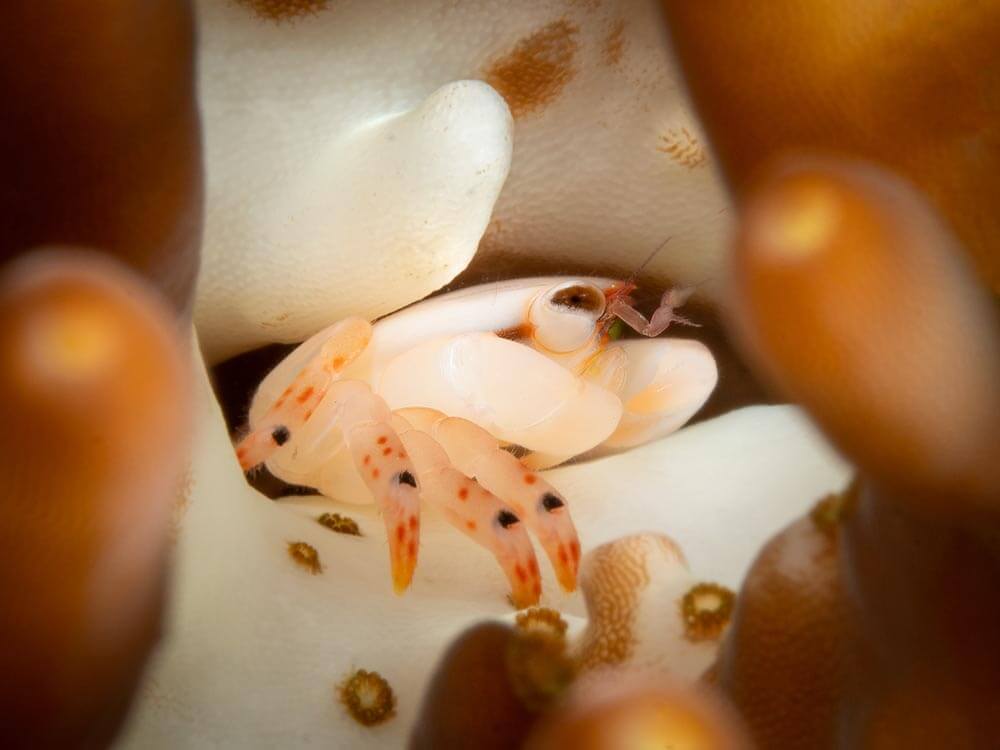
Because of the Philippines’ long colonial history the country has a unique mix of cultures with Malay, Chinese, Spanish, American and Pinoy influences. English is the unofficial first language and you can expect a warm welcome, thanks to the famous Filipino hospitality.
DUMAGUETE
Dumaguete is the capital of Negros Oriental, the province that occupies the south-eastern half of Negros Island in the Philippines’ Central Visayas region. With its black volcanic sand, Dumaguete is known as the frogfish capital of the Philippines. It offers more than twenty local dive spots for muck and rubble macro dives that are only a short boat ride away.
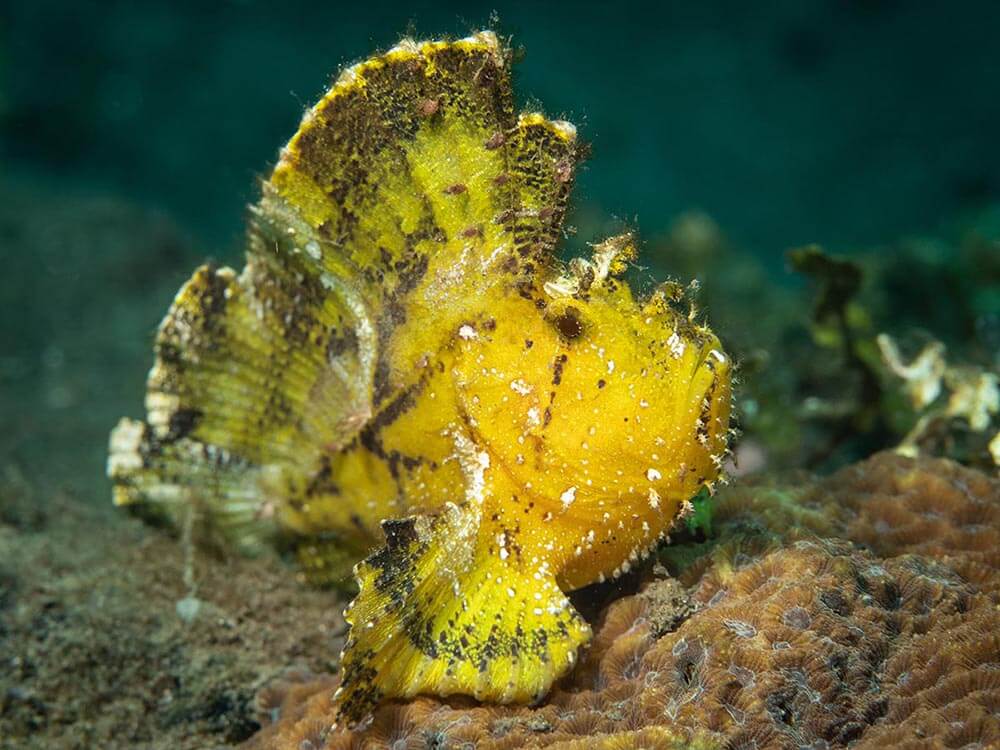

The dive guides are excellent spotters and seem to have little trouble finding a bewildering selection of critters, and with four dives a day, plus a night dive on the house reef, you get plenty of time to spend working on photographing your chosen subjects.
The area has several well-established marine sanctuaries, within which fishing and boating are prohibited. The sites are well protected which is just one of the reasons for the huge variety and quantity of life here: frogfish, blue-ringed octopus, wonderpus octopus, mimic octopus, Ambon scorpionfish, flamboyant cuttlefish, and a wide variety of nudibranchs are frequent sights.
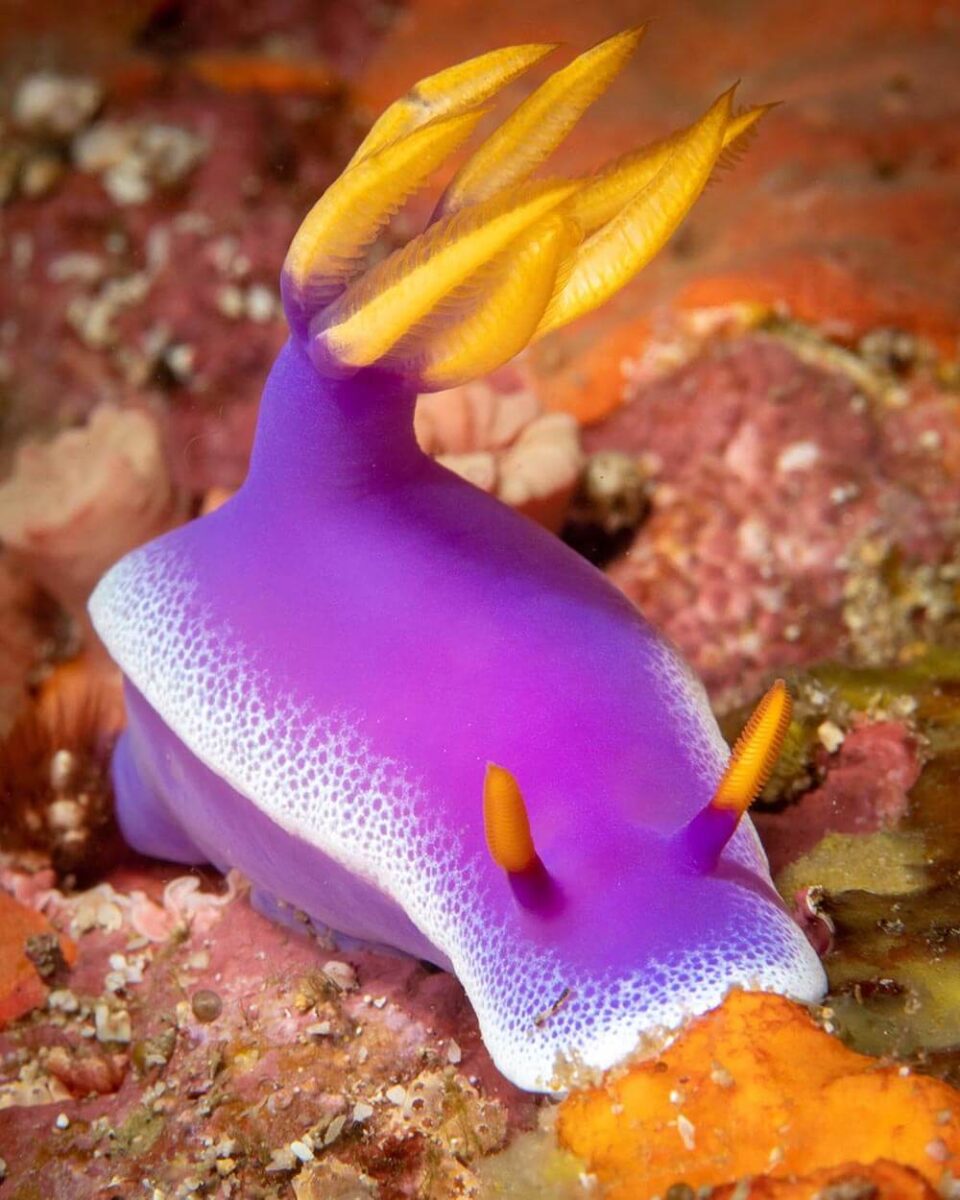
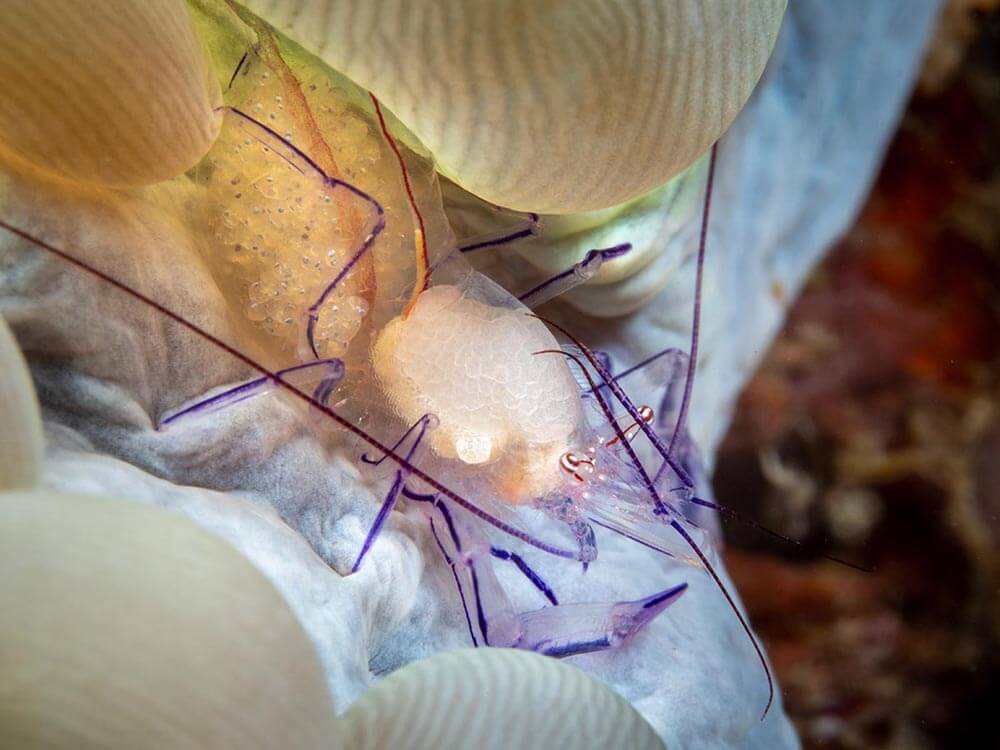
Day trips to Apo Island offer some of the best coral reef diving in the Philippines, with giant schools of jacks, bountiful photogenic turtles, sea snakes and reef fish. A day trip to Oslob is also available, with dozens of fully-grown whale sharks virtually guaranteed as they are fed krill by fishermen in the clear-blue waters.
Dumaguete is a year-round destination, and although rain can be expected during the late summer and autumn months it is less affected by monsoons than other areas of the Philippines. The first half of the year is the high season and has the sunniest weather.
How to get there: The resorts in Dumaguete are a one-hour flight from the capital, Manila, and then 30 minutes by road from the airport.
- Many thanks to both Pura Vida and Sea Explorers and Atlantis Dive Resort Dumaguete for their hospitality and amazing diving.


PUERTO GALERA
Puerto Galera is situated on the north coast of Mindoro Island and is renowned for its abundance of marine life, due in part to the strong currents flowing through the Verde Island Passage. With its beaches, mountains and deep blue water it is one of the more well-developed tourism destinations in the Philippines, yet still manages to retain its small-town feel.
With more than 40 dive sites within short reach of the beach, there is plenty to keep you occupied, even with four dives a day, plus a night dive. Divers will find a wide variety of tropical marine life and plenty of beautiful hard and soft corals.
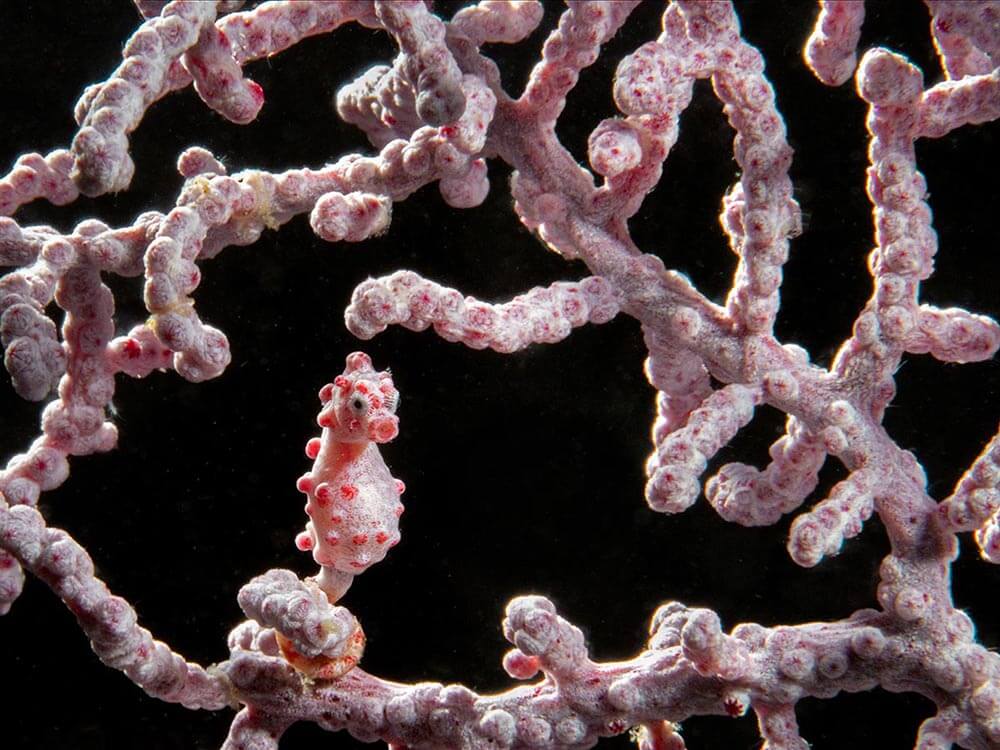

Most dive sites offer a mix of muck and reef diving, and nudibranchs are particularly plentiful. Turtles, octopus, mantis shrimp, crabs, seahorses, and cuttlefish also make guest appearances.
Additionally there are wall dives with gorgonian corals and a chance to find the elusive pygmy seahorses. Add in a few shipwrecks that are now home to corals, fish and other marine life for some extra variety.

A day trip to Verde Island is highly recommended with its spectacular wall dives, clear water, and the possibility of strong currents. Of course, with currents come large swirling schools of bigeye jack and barracuda and a chance to see pelagics such as eagle rays and manta rays.
How to get there: Travel from Manila is by taxi or private transfer to Berberabe port and then a water taxi to the resort jetty. More adventurous travellers can take a bus from Manila to Batangas Pier, a ferry to Puerto Galera, and a rickshaw from the port to the resort.
- With thanks to El Galleon Dive Resort and Asia Divers for their hospitality and the excellent diving.
More from Tom St George



